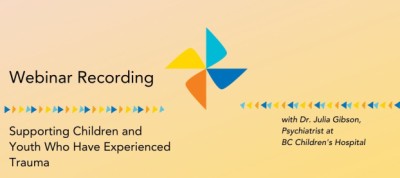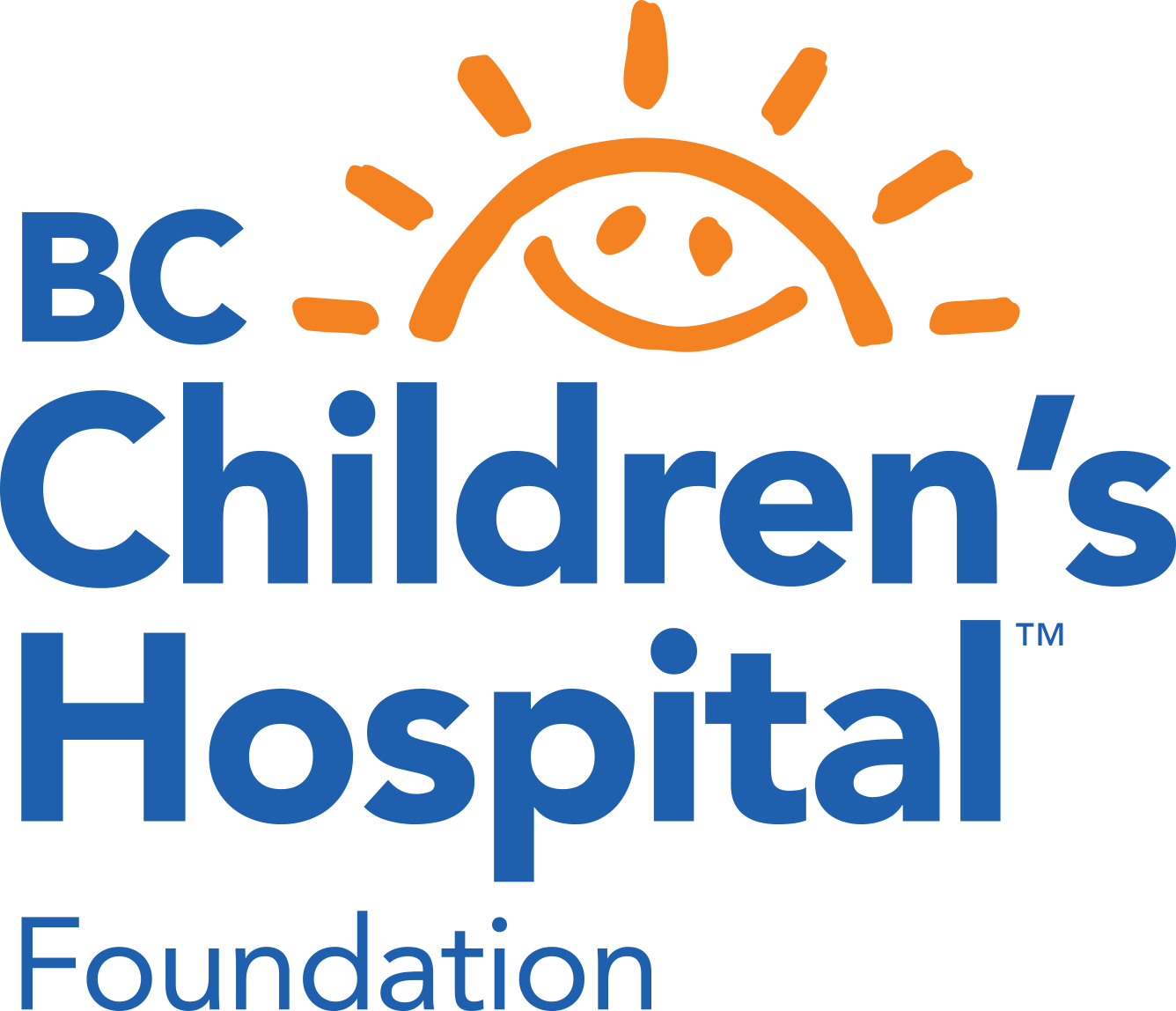A trauma is an event that feels like an intense threat. You may be involved in that event or witness it.
Even though adults generally try to keep their children safe, research suggests that more than half of Canadian children and youth will experience a potentially traumatic event before adulthood.
Trauma can be caused by a single event like a fire, car accident or the death of a loved one. Trauma can also be caused when you are exposed to traumatic events again and again. If a caregiver or family member experienced trauma in the past, the effect of this trauma may be passed on so that a child or youth may be affected by trauma that they have not directly witnessed or experienced. This is often called “intergenerational trauma”.
Examples of trauma:
- Physical abuse
- Sexual abuse
- Bullying
- Family / intimate partner violence (“domestic” violence)
- Community violence
- Traumatic grief
- Medical trauma
- Terrorism
- Refugee experience
- Natural disasters
- Serious accidental injury
- Neglect
- Emotional abuse
- Impaired caregiver
- Forced separation
- War
- Trafficking
- Seeing a suicide
- Racism or other discrimination
It is important to remember that trauma affects people in different ways. The trauma is not the event that happened, but the way that the child or youth experienced it. A small event to one person may be traumatic to another. Also, the more trauma someone experiences, the smaller their ‘window of tolerance’ may be. This means they may negatively react to events that they could once handle.
Children and youth are resilient; many can heal from a traumatic event without long-lasting symptoms. But, some develop disorders when their brains and bodies are overwhelmed and cannot cope. These disorders are called trauma related disorders, and can take many forms including post-traumatic stress disorder (PTSD). Healing depends on many factors, including the type of trauma, the person, the larger system and environmental factors. If the child or youth feels safe and supported, as many as 50% can heal from trauma related disorders without any formal treatment. However, importantly, if the disorder remains untreated, it can have a negative impact on a child or youth’s social, emotional and physical development.
You may have experienced the trauma with your child, or they may have experienced it alone. Either way, traumatic experiences tend to impact the whole family. It’s easiest to support children and youth through trauma if their caregivers are also well supported. Parents and family members can explore options that attend to their own mental wellness, including but not limited to: counselling, medical care, peer support, engaging with community and culture, and practicing self-care.





